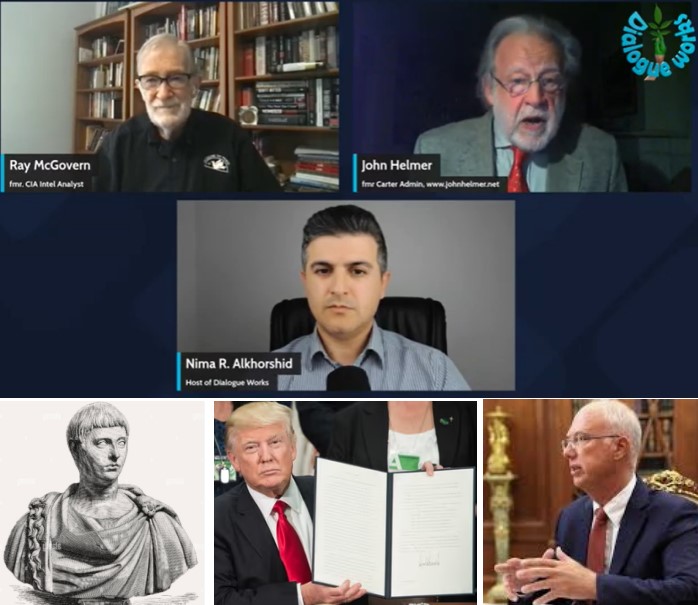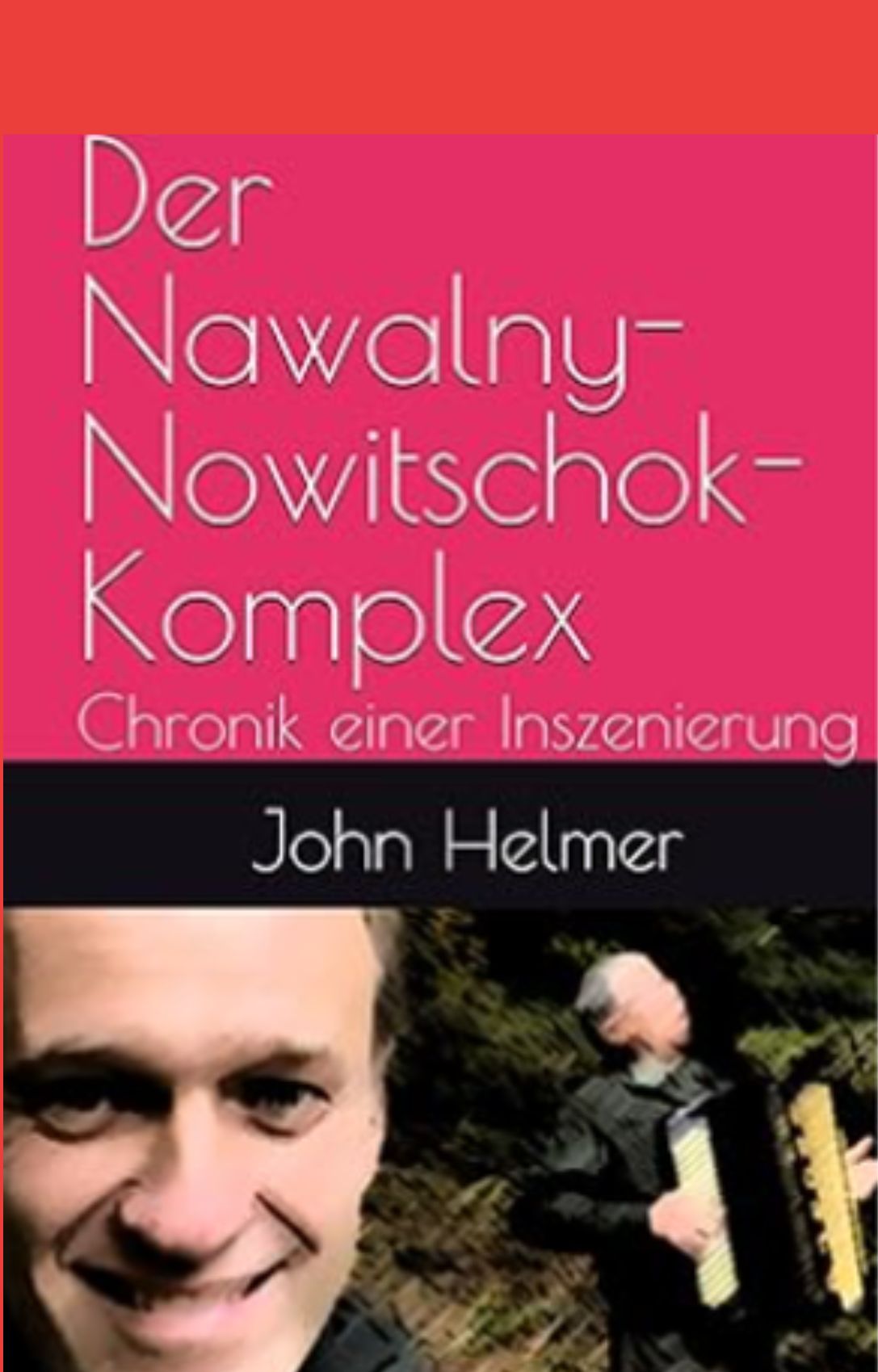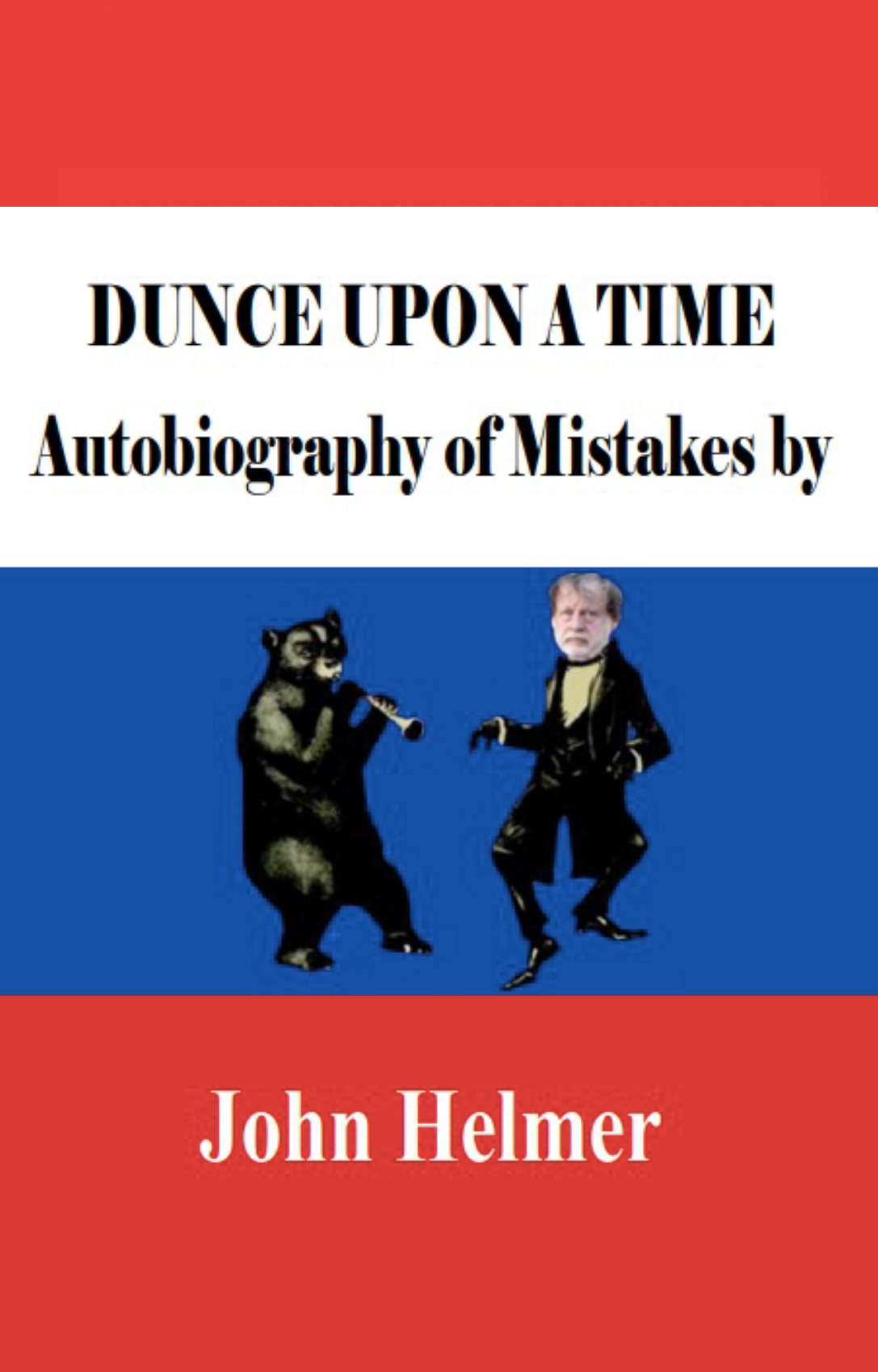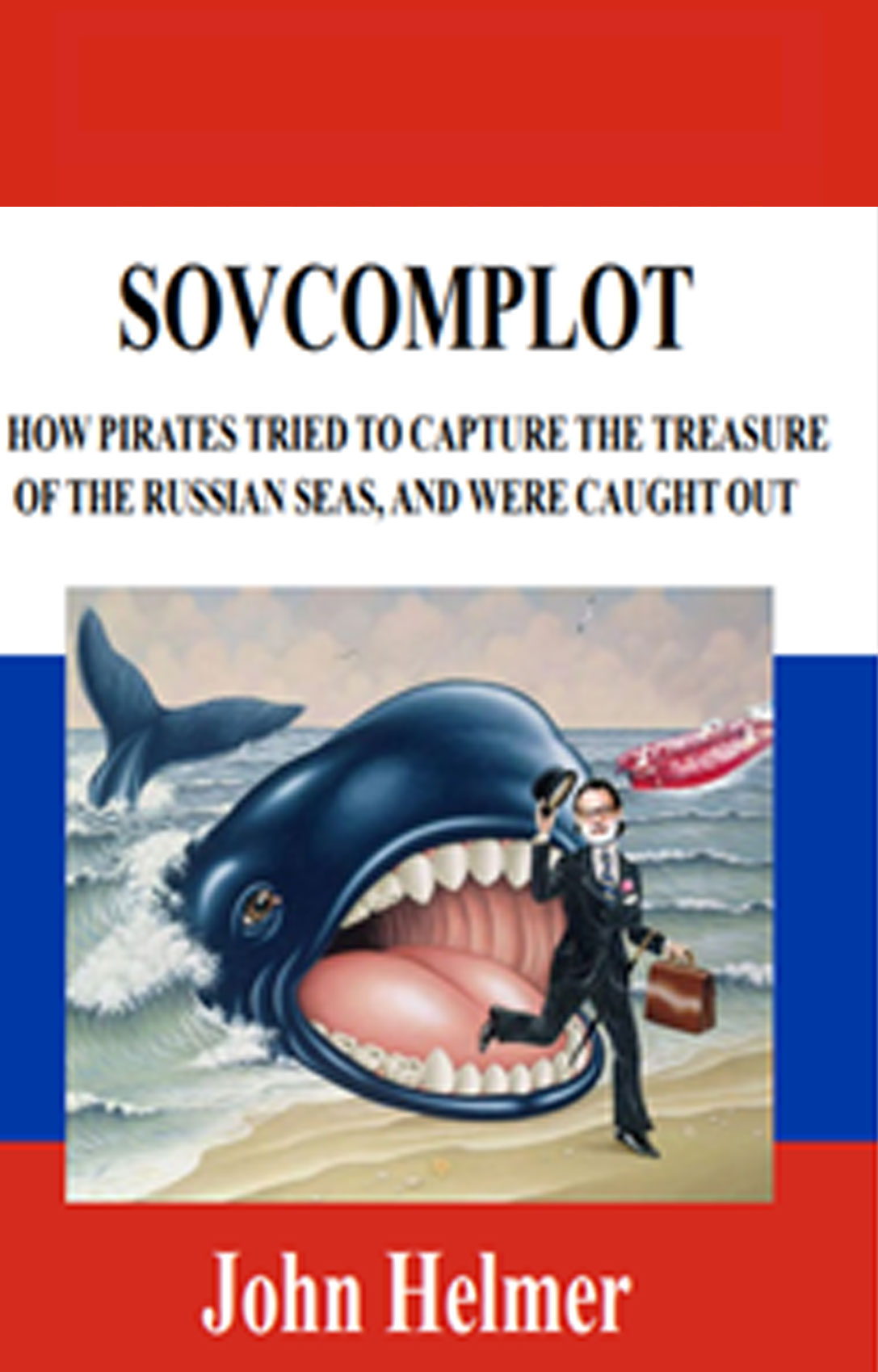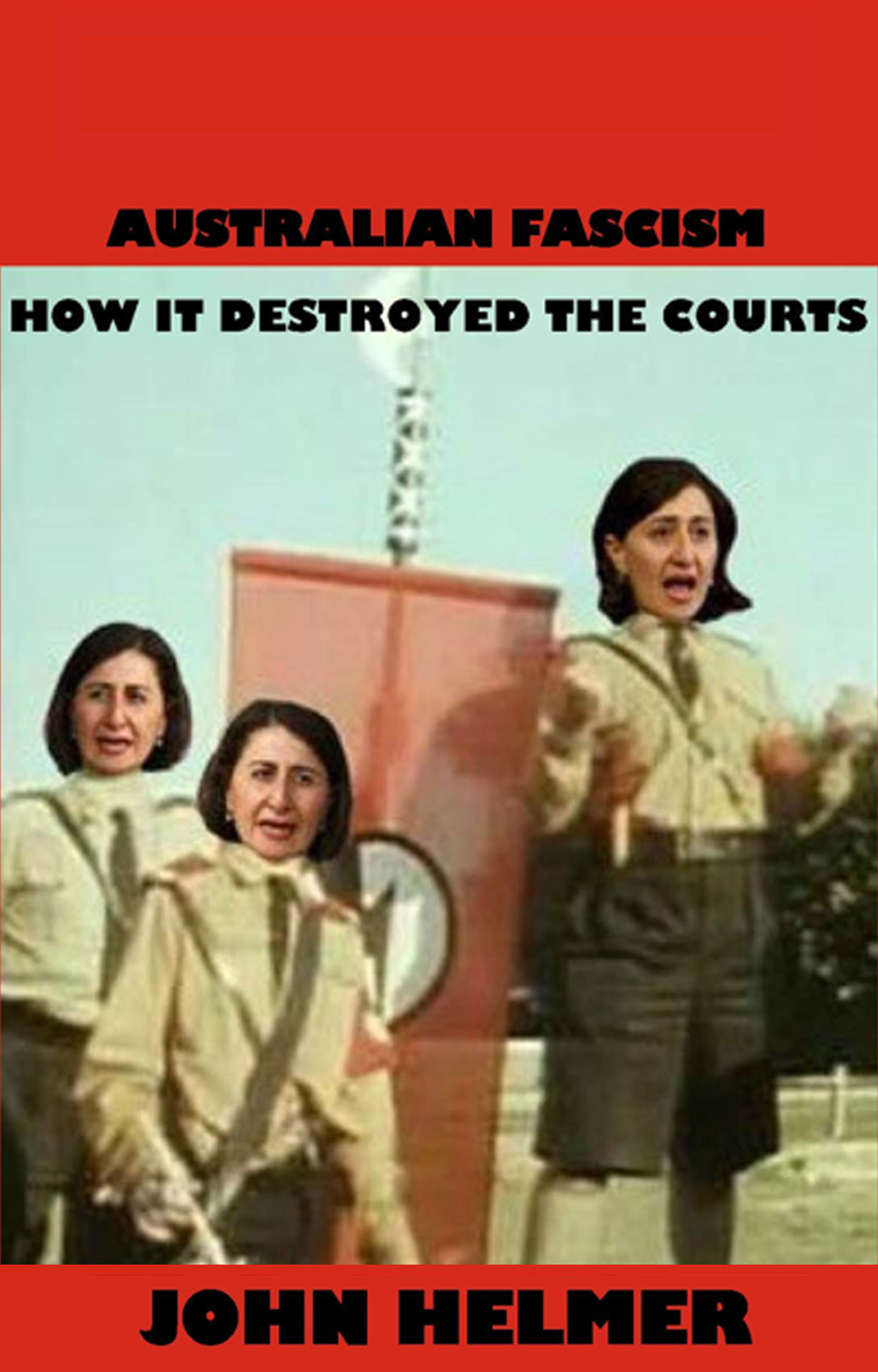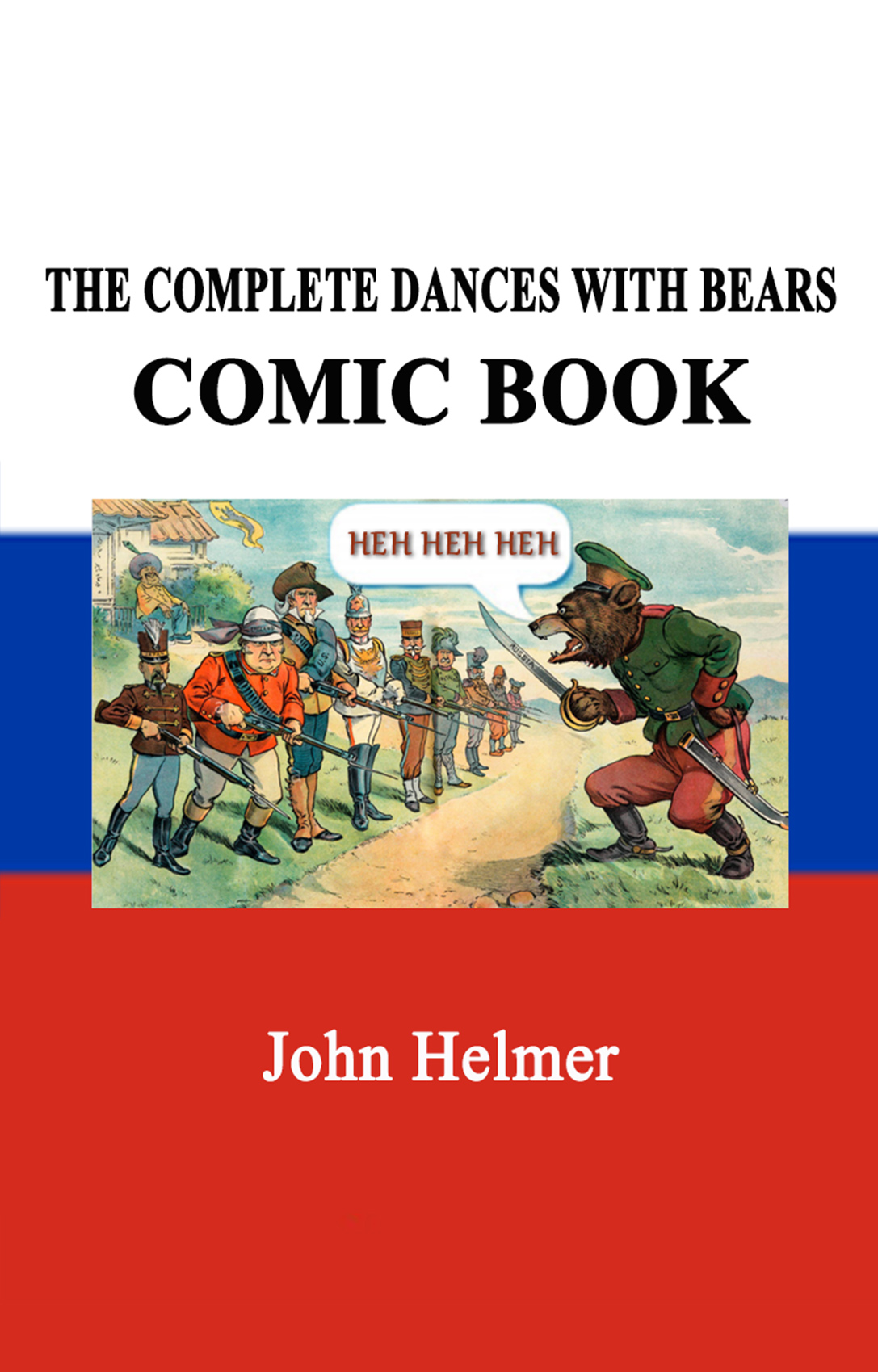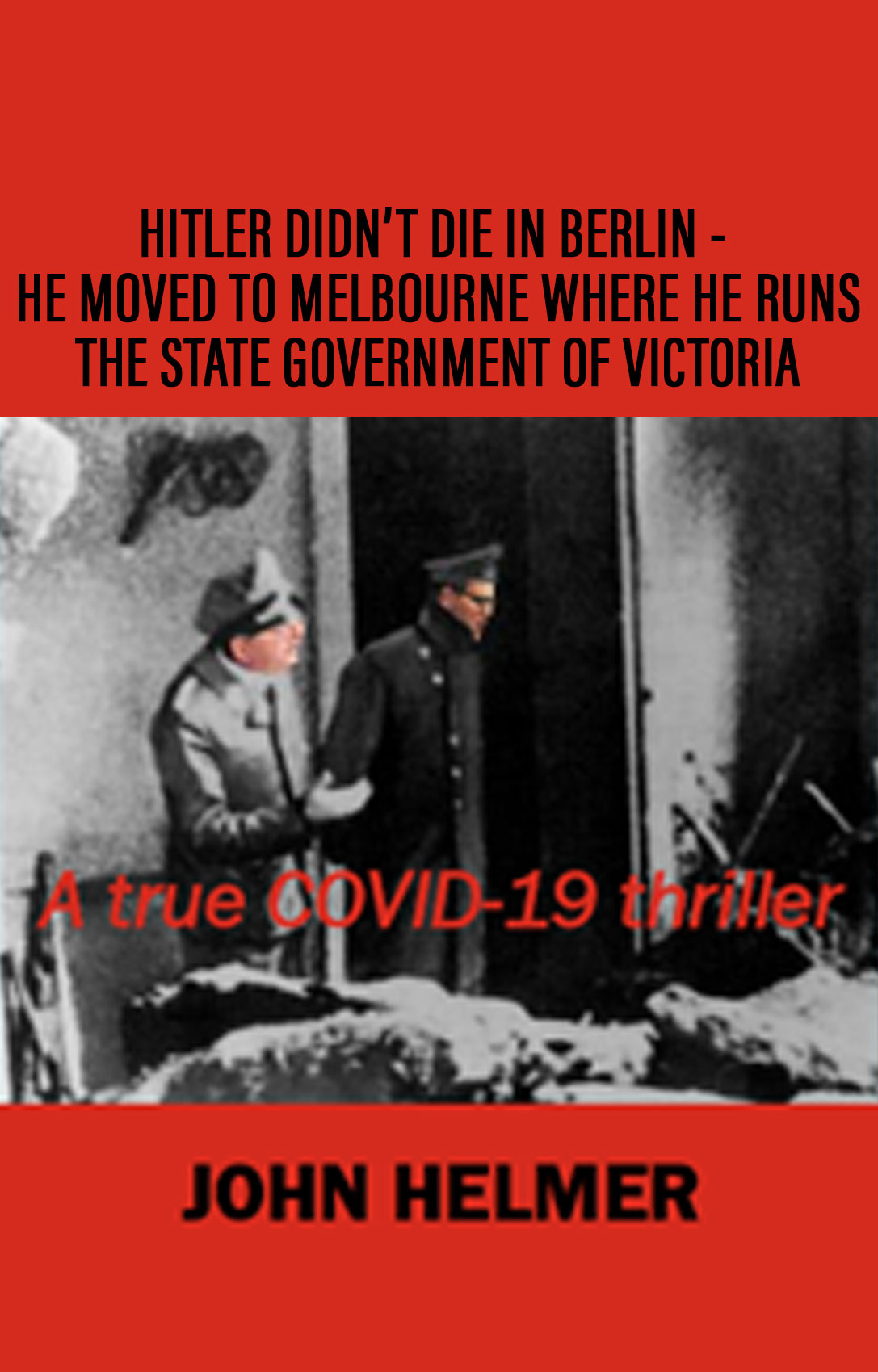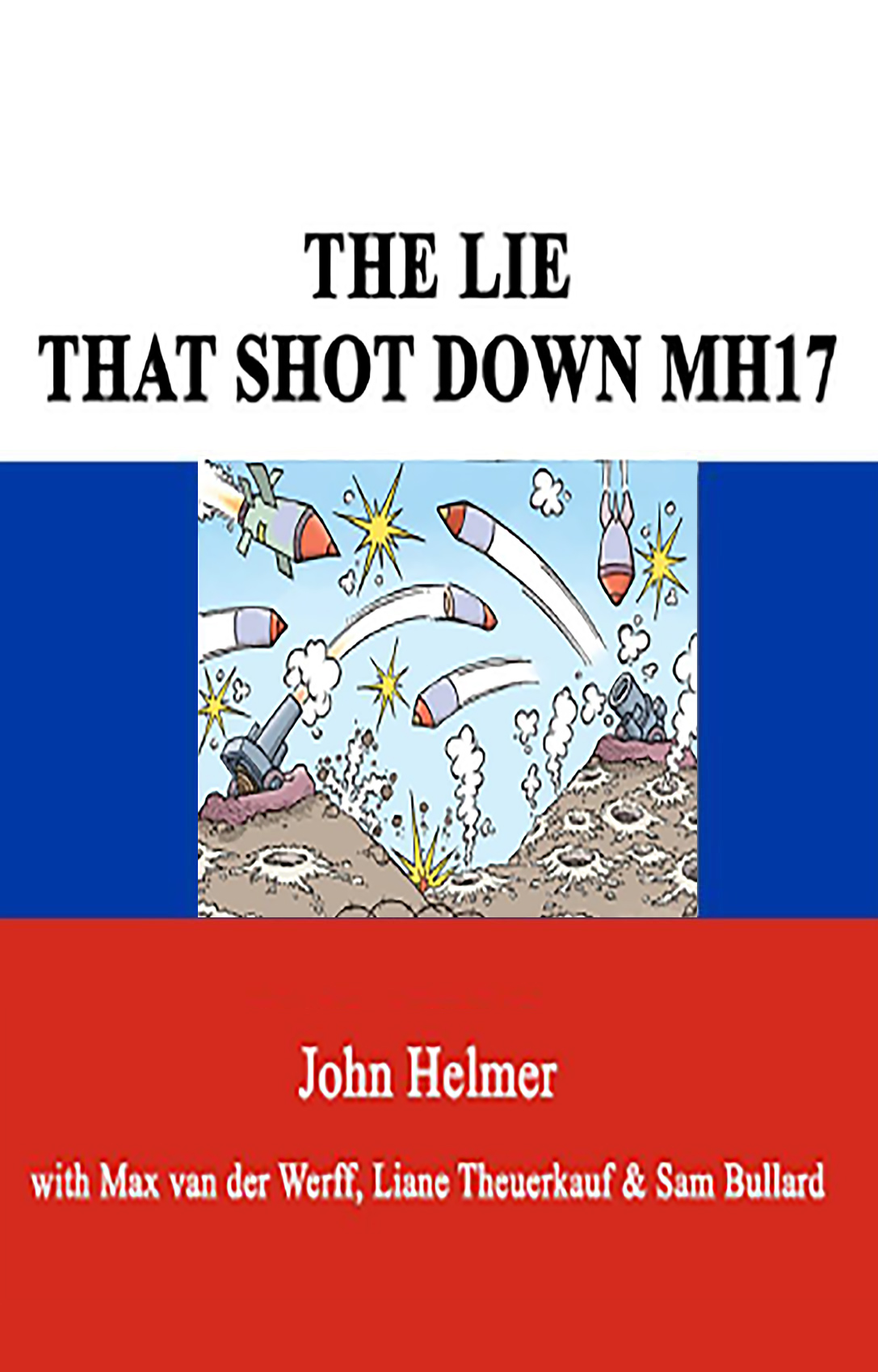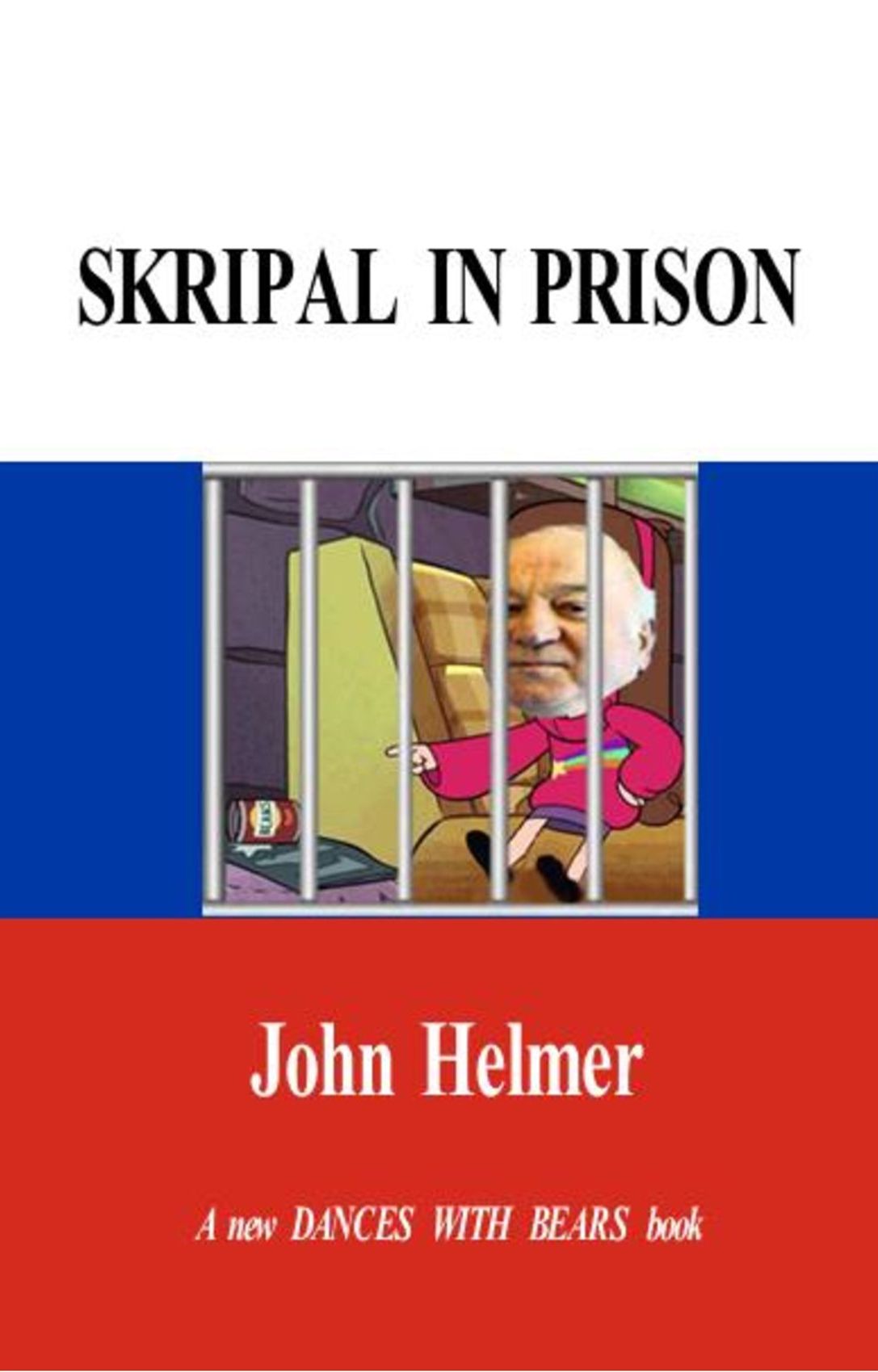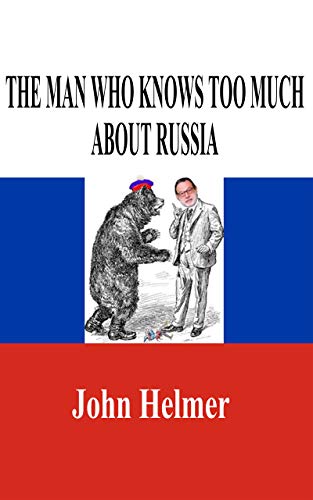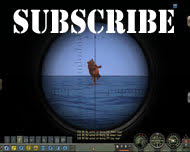
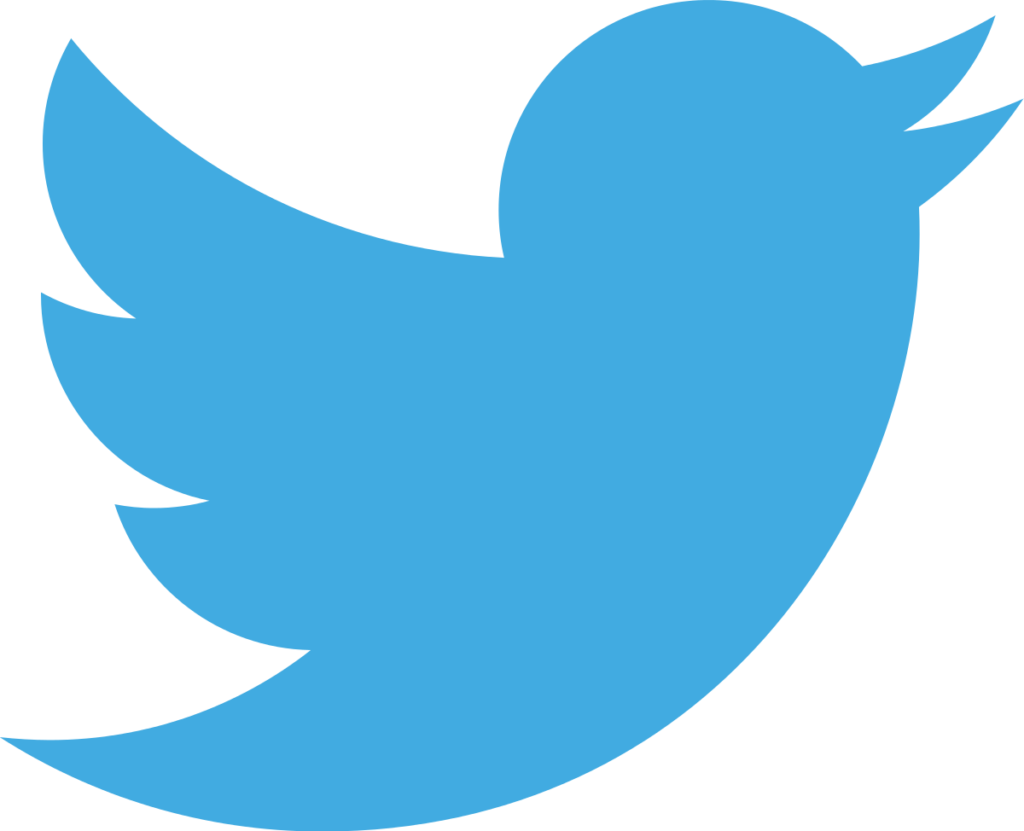
by John Helmer, Moscow
@bears_with
There is a good reason that the apple doesn’t fall far from the tree, and it has nothing to do with heredity, dendrology, or gravity. The reason is that trees understand the further away the apple is dropped, the easier it is to steal.
This is understood by the oligarchs who compose influential factions around President Donald Trump in Washington and President Vladimir Putin in Moscow. In the end-of-war negotiations Trump has tweeted to be “close to a deal” on April 23, again on April 25, then “very close to a deal” on April 26, the oligarch representative and deal negotiator for the US side is Steven Witkoff; his counterpart on the Russian side is Kirill Dmitriev.
It cannot be Trump’s ambition to emulate predecessor George Washington’s truth-telling in the story of his hatchet and the apple (cherry) tree. This is because from his boyhood Trump was encouraged by his father to lie in order to get the better of his brothers and sisters for their father’s favour.
Instead, it is Trump’s ambition — also his innovation in presidential politics — to adapt the century-old US empire’s war for hegemony in Europe against Russia by compelling both his allies in the war (Germany first of all, then France, Poland, UK), and his war targets (Russia and the Ukraine), to pay him for protection against the enemy he claims to be making peace with. A short-term armistice or truce on the Ukraine border, accompanied by a long-term war plan that preserves the US protectorate in Europe, at the Europeans’ expense, serves the president’s personal ambition, and also the strategy which has been written for him by his advisors.
“A good day in talks and meetings with Russia and Ukraine,” Trump tweeted a few hours after Witkoff had left the Kremlin on Friday afternoon. “They are very close to a deal, and the two sides should now meet, at very high levels, to ‘finish it off.’ Most of the major points are agreed to. Stop the bloodshed, NOW. We will be wherever is necessary to help facilitate the END to this cruel and senseless war!”
This was false, as the texts of the US end-of-war terms and of the Anglo-French and German term sheet, released by Reuters on April 25, reveal.
A text of the Ukrainian term sheet, published by the New York Times later the same day, adds provisions which “could be nonstarters for the Kremlin”, the newspaper reports: “there would be no restrictions on the size of the Ukrainian military, ‘a European security contingent’ backed by the United States would be deployed on Ukrainian territory to guarantee security, and frozen Russian assets would be used to repair damage in Ukraine caused during the war…Ukraine’s accession to NATO depends on consensus among the Alliance’s members….Territorial issues could be discussed after the full and unconditional cease-fire.”
Term sheets are bids, they are not deals. In making the former appear to be the latter, Trump’s appeal is to those who believe they can all shake Trump’s war-making money tree and make money for themselves in the short run. This is standard dendrology – trees usually fruit only once in a season.
The Dmitriev faction in Russia, says a Moscow source, believes Putin should give Trump a short-term armistice of forces in place in the Ukraine in exchange for the lifting of sanctions against Russian reserves, current trade and investment, and resumption of the export of oligarch capital which Putin and his former Finance Minister and candidate prime minister Alexei Kudrin, and Central Bank Governor Elvira Nabiullina have directed since Putin’s term began. “It’s a perfect three year pause in fighting,” the source commented following Witkoff’s meeting at the Kremlin on Friday with Putin, Dmitriev and Yury Ushakov, Putin’s assistant. “Come 2028, if Trump loses, the war will start all over again, but the Russians will get it right. For now it’s very obvious Trump has no one he trusts in CIA, State and Pentagon to implement his terms. So Putin will get the most he can and do the deal. He should.”
A second Russian source confirms: “I believe a bad deal is coming, but we are clear-eyed about this. There will be a ceasefire, but how long it lasts, who can tell. This isn’t a sell-out. We have no illusions about the reliability of American agreements or Trump’s stability. Putin is telling the General Staff: we’ve got to sign something — prepare for war. He’s also got to convince Russians of this for the longer term. In this future, the pre-war oligarchs haven’t the power of the new military-industrial complex. They will profit by going along. They realize that if they don’t, Putin’s successor is coming, and he won’t be as friendly to them.”
(more…)








